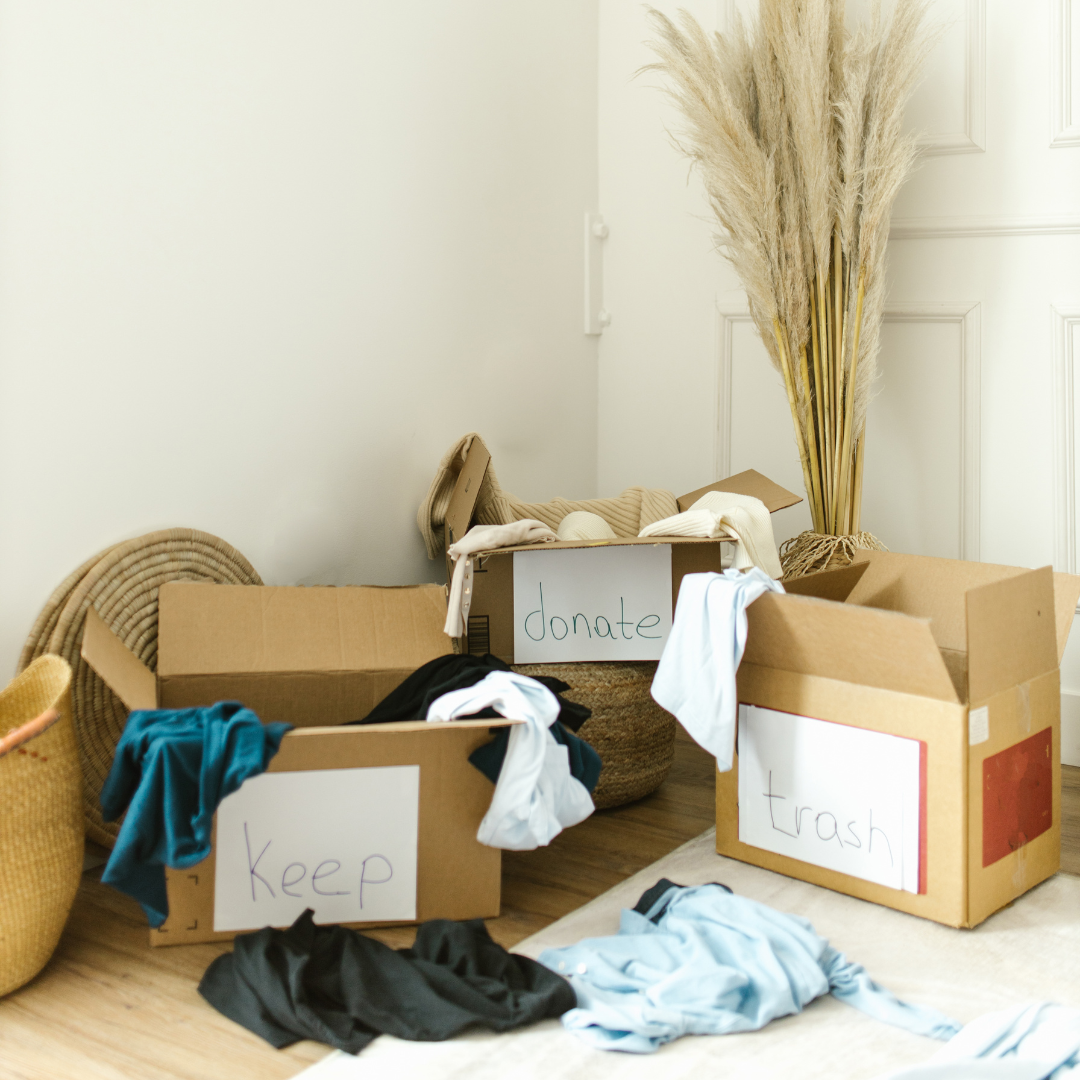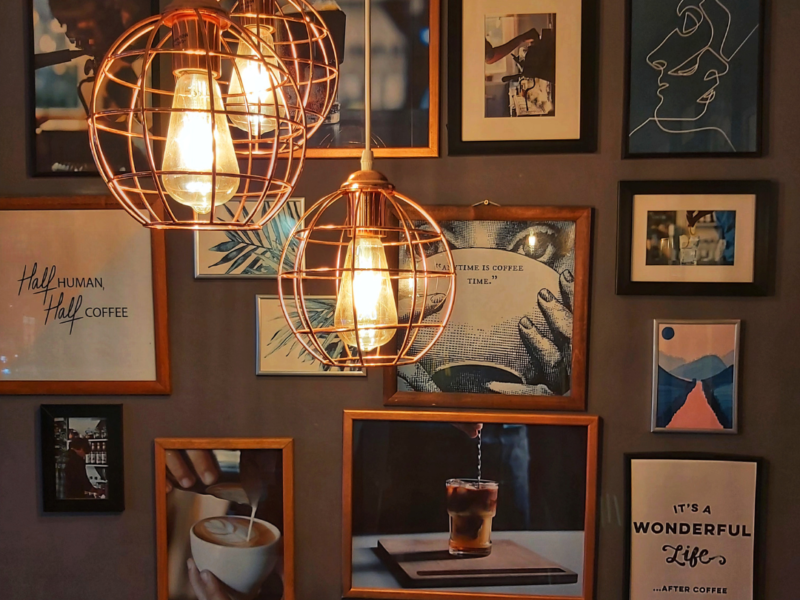A cluttered home can lead to a chaotic mind, making it difficult to focus and relax. Effective home organization is essential for creating a serene living environment and maximizing available space. By implementing practical decluttering strategies, individuals can transform their homes into organized sanctuaries.
Many people struggle to know where to start when it comes to organizing their spaces. Simple tips, such as categorizing items, utilizing storage solutions, and establishing regular decluttering habits, can yield significant improvements. These approaches not only streamline daily routines but also enhance the aesthetic appeal of any room.
The process of organizing may seem overwhelming, but it doesn’t have to be. With the right techniques, anyone can maintain a tidy and functional home. Taking the first step towards decluttering can lead to a more peaceful and efficient living space.
Understanding Clutter and Decluttering
Clutter can accumulate quickly and create a disorganized living space. Recognizing clutter and employing effective decluttering strategies are essential for maintaining a serene environment.
Identify Clutter in Your Home
To effectively declutter, one must first identify clutter. Clutter typically includes items that are not in use or do not belong in a specific area.
Common areas where clutter often accumulates include:
- Countertops: Papers, unopened mail, or random items.
- Closets: Clothes that are rarely worn or items without a purpose.
- Living Spaces: Decorative items are stacking up, or furniture is needing better arrangement.
Evaluating each area regularly helps pinpoint what contributes to the clutter. Each identified item should be assessed for its utility and relevance to daily life.
Decluttering Strategies
Various strategies can facilitate the decluttering process. A popular method is the “One In, One Out” rule, where for every new item brought in, an existing one must be removed.
Another effective approach is the Four-Box Method:
- Keep: Items that are necessary or bring joy.
- Donate: Items in good condition that are no longer needed.
- Trash: Broken or unusable items.
- Undecided: Items requiring further consideration.
Setting a specific time for decluttering sessions can also enhance focus. Breaking down tasks into small, manageable steps prevents overwhelm.
Psychology of Clutter and Emotional Attachment
Clutter often carries emotional weight. Many individuals hold onto belongings due to sentimental value, leading to challenges in letting go.
Understanding the psychological aspect of clutter is vital. Consider these points:
- Memory Triggers: Old photographs or gifts from loved ones can invoke memories and emotions.
- Fear of Loss: Anxiety about discarding items can create hesitation in decluttering efforts.
Recognizing that memories reside in the mind, not in objects, empowers individuals to make rational choices about their belongings. Letting go of items can lead to a lighter, more serene space, promoting a healthier mindset.
Organizational Techniques for Decluttering
Utilizing effective organizational techniques can significantly enhance the process of decluttering. Storage solutions, vertical storage, and time management methods can create a more functional and inviting space.
Storage Solutions and Ideas
Effective storage solutions are fundamental to maintaining an organized space. Consider using clear bins for visibility, stackable storage for maximizing space, and labeled containers for easy access. Shelves can also be installed in closets to better utilize depth.
Furniture with built-in storage, such as ottomans or beds with drawers, can provide extra space without sacrificing style. For small items, drawer organizers can keep things tidy and prevent clutter from building up.
For belongings that aren’t needed daily or occupy too much space at home, choosing a preferred local storage business can be a smart solution. This ensures items remain safe and accessible while freeing up living space. Regularly reviewing storage arrangements helps maintain a functional, organised, and stress-free home environment.
Utilizing Vertical Storage
Vertical storage effectively maximizes floor space in a home. Wall-mounted shelves are great for displaying decor and storing books. Additionally, pegboards can organize tools, craft supplies, or kitchen utensils, keeping them visible and accessible.
Over-the-door organizers serve multiple purposes, adding storage without requiring additional furniture. Vertical bookcases or hanging plants can enhance aesthetics while saving room. Emphasizing vertical solutions allows homeowners to take advantage of every inch of their space.
The ’15 Minutes at a Time’ Method
The ’15 Minutes at a Time’ method is a practical approach for decluttering without overwhelming oneself. By dedicating short, focused periods to specific areas, individuals can make consistent progress. Setting a timer can build momentum and create a sense of achievement.
Address one drawer or section at a time, allowing for manageable tasks that contribute to the larger goal. This approach reduces stress and encourages regular decluttering, making it easier to maintain an organized home throughout the year.
Executing the Decluttering Process
To effectively declutter a space, an organized approach is essential. This involves systematic purging of unnecessary items and responsibly handling those items through donation and recycling.
Step-by-Step Purging
Begin by selecting one area or category to focus on, such as clothes, books, or kitchen items. This minimizes overwhelm.
- Sort Items: Create three main piles: keep, discard, and donate.
- Evaluate: Ask specific questions for each item: “Do I use this regularly?” and “Does it add value to my life?”
- Set a Timer: Allocate specific time blocks for each area to maintain momentum and prevent procrastination.
After sorting, move quickly to the discard pile. Dispose of items that are broken or unusable.
Donating and Recycling
Once items are sorted, identify local charities, shelters, or organizations that accept donations.
Key Donation Tips:
- Ensure items are clean and in good condition.
- Check with organizations for specific needs, as some may require particular types of goods.
For recycling, research local facilities that accept household items such as electronics and plastics. Many communities have designated drop-off centers or curbside pickup.
Consider using online platforms for selling gently used items. This not only reduces clutter but can also provide some extra income.
Maintaining an Organized Home
An organized home requires strategies for sustainable systems and ongoing maintenance. By implementing efficient organizing methods and committing to regular upkeep, individuals can ensure their living spaces remain clutter-free.
Creating Sustainable Organizing Systems
Establishing sustainable organizing systems begins with evaluating current storage areas. Identifying frequently used items allows for easy access, minimizing clutter. Use labeled bins, drawers, and shelves to categorize belongings effectively.
Consider implementing the one-in, one-out rule: for every new item brought into the home, an old item should be donated or discarded. This practice helps manage overall belongings and prevents unnecessary accumulation over time.
Utilizing vertical space can maximize storage capabilities. Wall-mounted shelves and hooks are effective in keeping essential items within reach while maintaining a tidy appearance. Choosing multifunctional furniture, like ottomans with storage, further supports organization without sacrificing design.
Regular Maintenance and Progress Tracking
Regular maintenance is crucial for sustaining an organized home. Setting aside time each week for quick clean-ups can prevent clutter from building up again. Prioritize specific areas that tend to accumulate disorder, like the kitchen or entryway.
Progress tracking can also enhance organizational efforts. Create a checklist of tasks and mark off completed areas for motivation. Visual reminders, such as before-and-after photos, can provide encouragement and highlight achievements.
Incorporating seasonal decluttering sessions ensures belongings remain essential. Donating items that are no longer used or needed not only saves space but also supports the community. A commitment to these practices fosters a lasting, organized environment.



